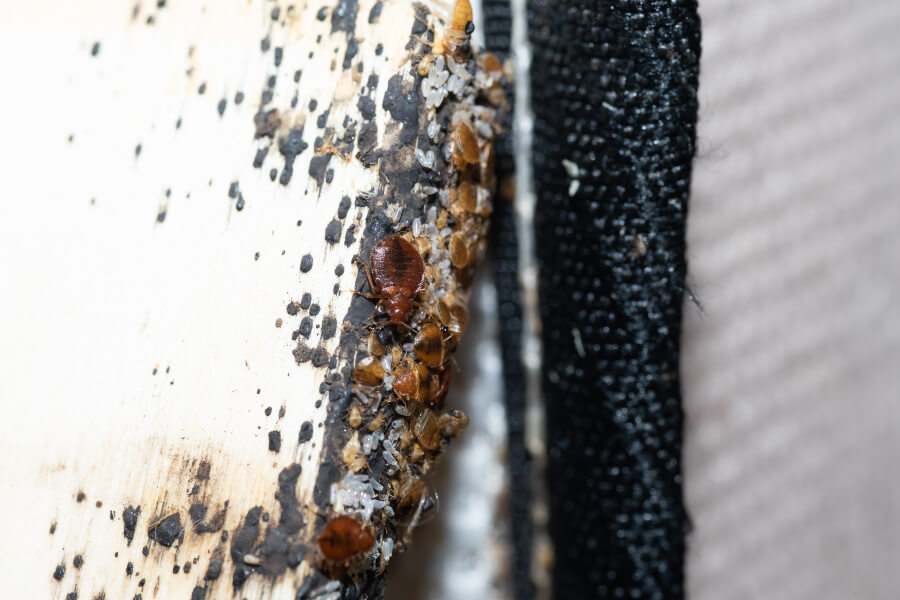Although flies are typically seen as a pest problem during the summer, they can also be a nuisance at other times of the year. Bottom line: nobody enjoys dealing with flies indoors. Their presence can be frustrating and make you wonder how they got indoors in the first place. To avoid having to deal with flies in your Tennessee property, the key is to know what’s drawing them indoors.
The experts at The Bug Man are here to help—read on to learn all you need to know about keeping flies from invading your home.
Why Do Flies Come Inside?
We’re all used to seeing flies outdoors, but it can be a real pain to find them invading your own home. Flies get inside for a number of reasons, usually in pursuit of trash, rotting food, or moisture. A common house fly is attracted to decaying organic matter like feces and rotting meat. Drain flies, on the other hand, are attracted to moisture and will lay their eggs inside of drains. Additional conditions that might attract flies in your home include uncovered trash cans, pet feces, animal carcasses in your walls, rotting fruit, spilled sugary drinks, and more. Once flies get indoors, they can reproduce quickly, making it important to learn how to prevent them.
Need a Pest Control Estimate?
We'll call you! Leave your information below.
How to Keep Flies Outside
Flies are more common in the summer, but they can be drawn inside your property in the winter as well. This makes it important to learn how to keep flies out all year round. By preventing these pests in the first place, you will not have to deal with them later. Take the following steps to prevent flies in your home:
- In the fall as the temperature begins to change, it is imperative to seal off your home to keep flies out. Do this by caulking cracks on the property. Sealing windows and doors is especially important, as some species such as cluster flies tend to enter homes under baseboards and window frames.
- In order to prevent nuisance flies like gnats and fruit flies, it’s best to eliminate their food and shelter sources. You should always throw away rotting food from your pantry or fridge. Take your garbage outside regularly and use tight-fitting lids on your cans. Lastly, focus on sealing cracks and crevices around windows and doors near your kitchen.
Need Help Getting Rid of Flies?
If you have a fly infestation on your property, you should hire a local fly control expert. At The Bug Man, we work hard to eliminate the conditions that lead to fly infestations in your home.



